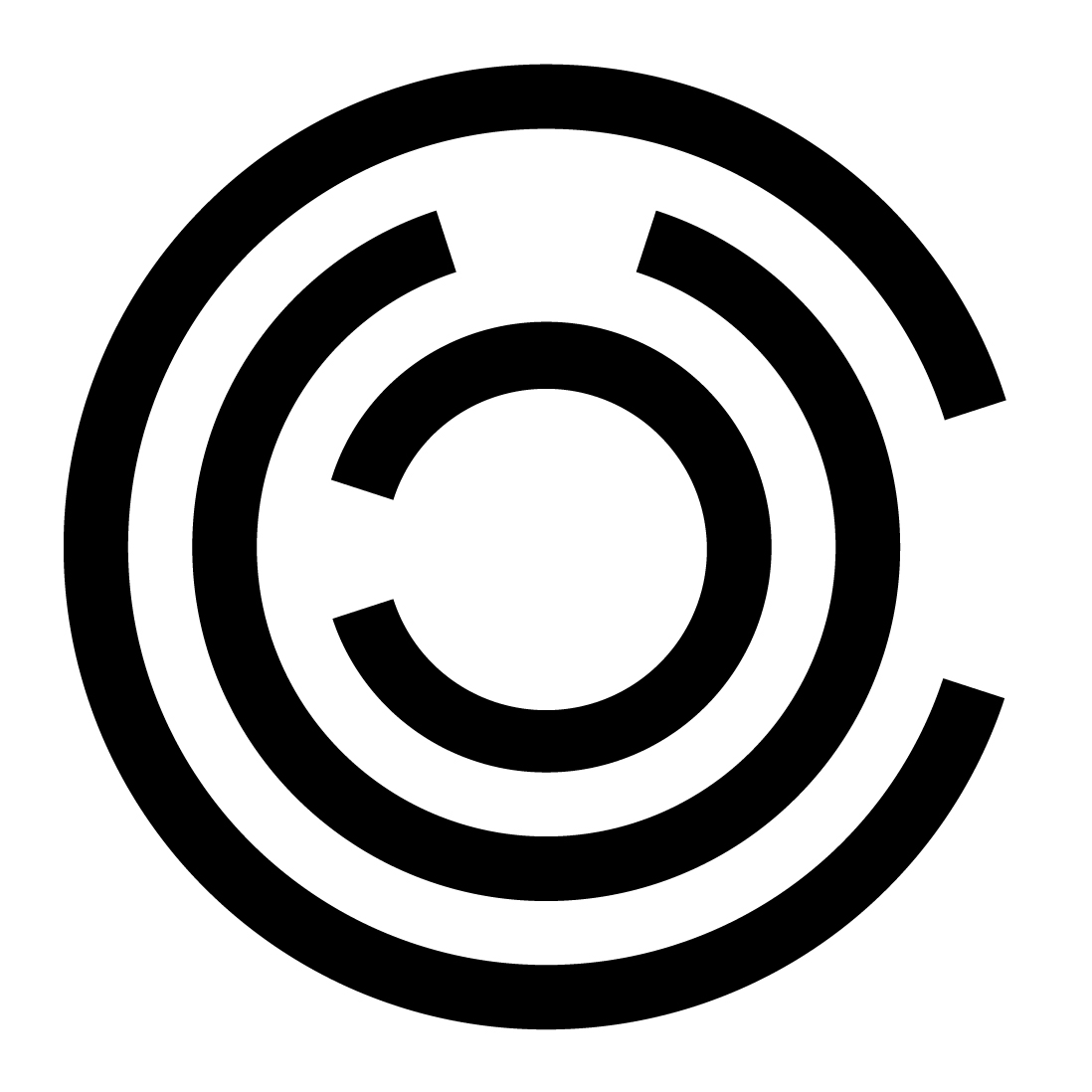Sant Cugat del Vallès Energy Rehabilitation Plan
The built environment, specifically the residential sector, is responsible for 40% of greenhouse gas emissions due to poor building conditions. As a response to the demand for sustainability, it is crucial to design and execute new long-term strategies that address the environmental and economic challenges. EMREE is an urban planning tool for long-term energy recovery of the built environment. It uses the building’s architectural and energy characteristics to analyze current conditions and to calculate investment and return costs of renovation using sustainability criteria to achieve the European Union’s Decarbonization Objectives by 2050.
This advanced urban development was presented to the Spanish Government at the European Union in June 2014 in compliance with Article 4 of the Directive of Energy Efficiency 2012/27/UE. It aims to be initiated at the state level and assumes the challenge of launching a residential rehabilitation process that will transform more than 10 million homes built before 2001 into houses with low energy consumption and low greenhouse gas emissions. This will not only benefit owners and occupants – saving energy and improving quality of life – but it will also benefit the country with the creation of 110,000 to 130,000 jobs from 2015 to 2050 and offers the possibility of investing up to 10 million euros in the rehabilitation of 250,000 to 450,000 homes each year.
In order to develop this plan at the urban scale, it is necessary to adapt the methodology to the state level by making necessary modifications to improve its effectiveness. The work process must be inverted from a top-down method to a bottom-up method. Lastly, new information specific to the city of Sant Cugat del Vallés must be extracted from the analysis of the urban housing situation. The EMREE report is available to users through an online platform and is addressed to municipal agents responsible for activating the renovation process and inhabitants who will be able to check the state of their building and to quantify the investment necessary to renovate it.
EMREE’s online platform provides 3 types of information:
1. Georeferenced and quantitative diagnosis of the buildings in terms of construction features and energy demand in order to divide the building stock into segments, to calculate domestic energy consumption, and to map energy-vulnerable buildings to develop fuel poverty policies
2. Procedure for 48 scenarios that result from a combination of different variables including energy renovation, economic viability, and length of time. For each one of the scenarios, it requires:
The energy consumption reduction, C02 emissions reduction, cost of energy in 2020, 2030, and 2050, number of buildings refurbished, amount of investment (public and private), and return times
Number of homes intervened in each period.
Necessary investment (public and private) in each period.
Public returns of investments in each period.
3. Action guide for the different building managers considering specific situations that may occur and how to approach renovation in each case
Autoria
Cíclica [space · community · ecology] Albert Cuchí (Universitat Politècnica de Catalunya) i Anna Pagès (Universitat Politècnica de Catalunya)
Col·laboradores
Mathieu Limet (Universitat de Liege), Ariadna Conesa (Exo3), Òscar Jané (Exo3) i Paul Charbonneau
Promotor/a
Ajuntament de Sant Cugat del Vallès. Conveni amb el Centre de Transferència tecnològica de la UPC Barcelona-Tech
Any projecte
2015-2017
Date
1 de September de 2016
Category
Urban Building Energy Models
